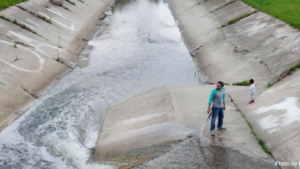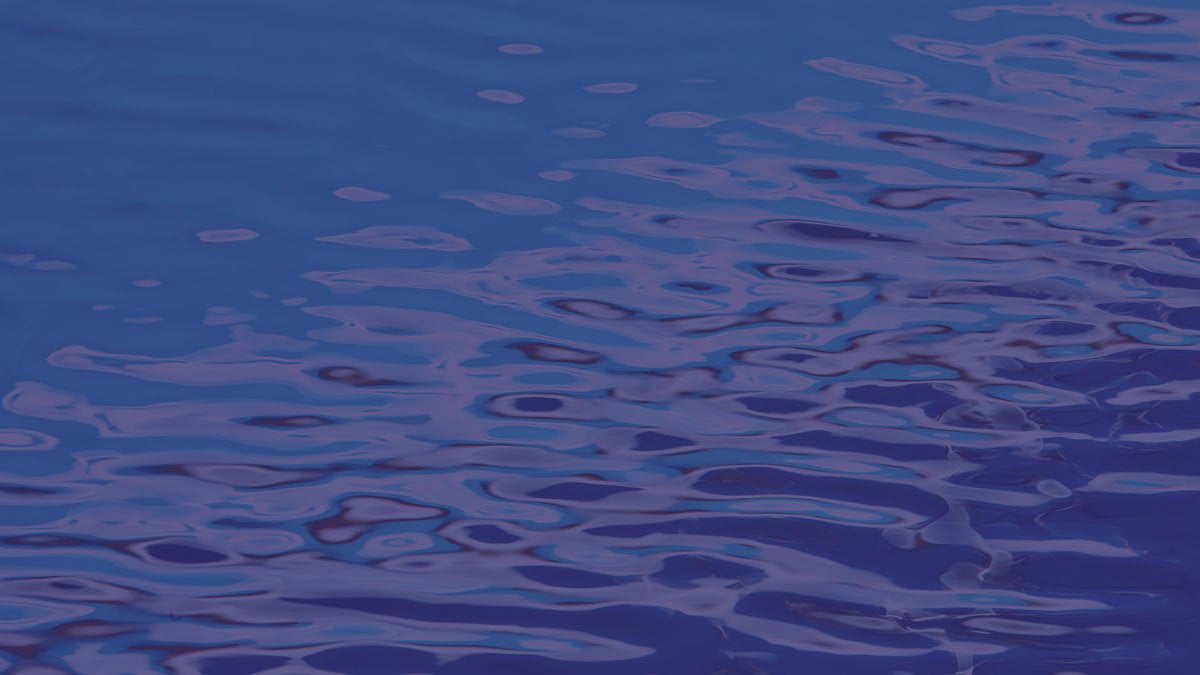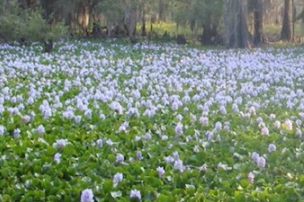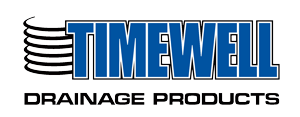Creative approaches to improve stormwater quality in discharges to natural waters is of perennial interest, but coupling with compensatory mitigation banking may provide considerable financial and community benefits. Using constructed or natural wetlands to biogeochemically clean stormwater and effectively sequester or degrade pollutants is a well understood technique, but with appropriate placement and strategy, these wetlands may serve the dual purpose of generating CWA Section 404 compensatory mitigation, threatened or endangered species conservation credits, carbon offset credits, or water quality credits, depending on your location and marketplace.
This presentation focuses on Section 404 wetland mitigation in light of the recency and ubiquitous implementation of 33 CFR Part 332, also known as the 2008 Mitigation Rule, which establishes national guidelines for mitigation requirements and mitigation bank establishment. Mitigation banks restore impaired wetlands to generate compensatory credits using quantitative models that assess wetland ecological function and water quality benefits. These credits are then sold within the watershed to offset impacts to wetlands in other locations to maintain a “no net loss” of water quality. Mitigation banks may be privately or publicly owned, and the permitting and establishment process includes four primary stages: evaluation, permitting, implementation, and operation. A parcel of land is first evaluated for credit generation potential and market demand for credits. If this analysis shows the project to be profitable, the Mitigation Banking Instrument (MBI) permitting process begins under the direction of the local U.S. Army Corps of Engineers (USACE) district. Once the MBI is approved, the MBI prescribed restoration plan is implemented to meet quantitative ecological performance goals. When performance standards are met at scheduled intervals, credits are released, and then be sold on the market within an approved area. As mitigation costs rise, more municipalities and local governments are developing their own mitigation solutions to satisfy internal demand from development impacts and create revenue opportunities through credit sales. Many public institutions are experiencing financial strain with the current economic climate and COVID-19 impacts. Wetland mitigation banks can achieve water quality goals and return net profits five times greater than the initial capital investments within certain regions. While regionally specific restrictions may apply, mitigation banks as a stormwater management solution carry many potential direct and indirect benefits. Municipally owned mitigation properties also provide value to the public by protecting wildlife, increasing the public’s enjoyment of the outdoors, and promoting environmental awareness in addition to improved water quality.
About Instructors


 Kinnickinnic River at Jackson Park
Kinnickinnic River at Jackson Park 



